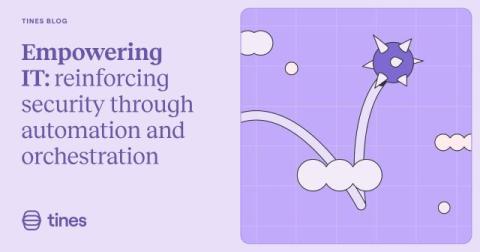Security Awareness Isn't Enough - It's Time to Adapt
October 1st marks the start of Security Awareness Month. A global campaign launched two decades ago to improve cyber security awareness and equip people with the knowledge and resources they need to be secure online. But what impact has this campaign truly had in the workplace? Yes, it spotlights the issue and boosts high-level awareness of threats like phishing.











